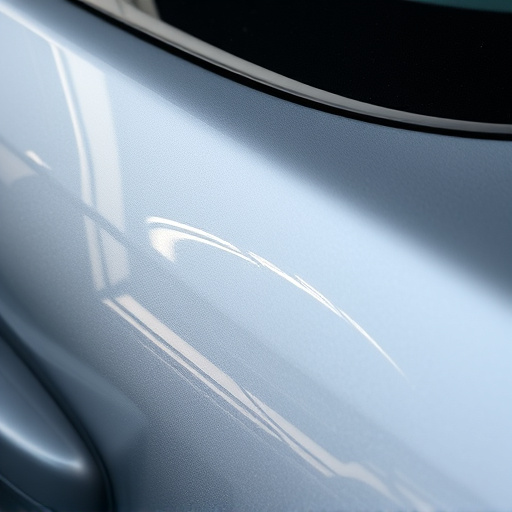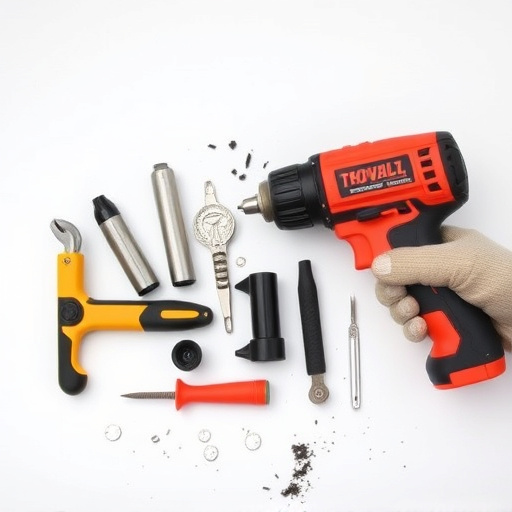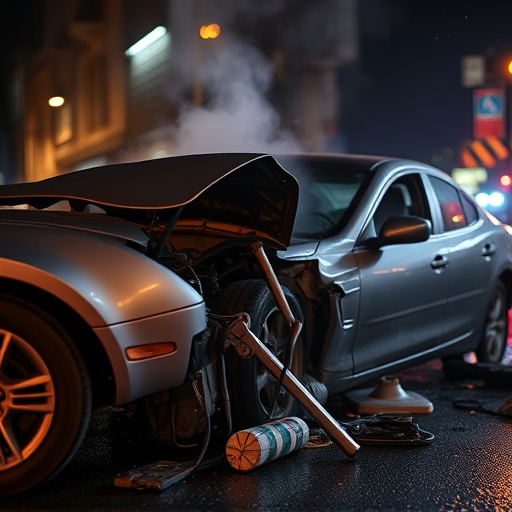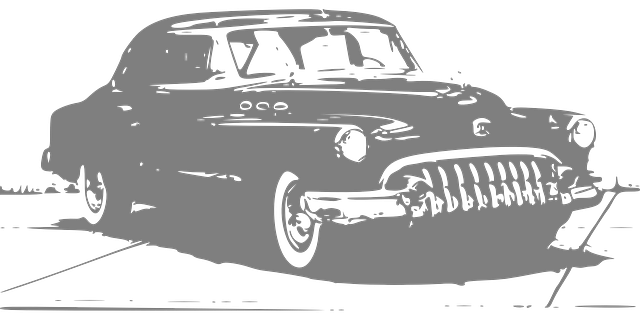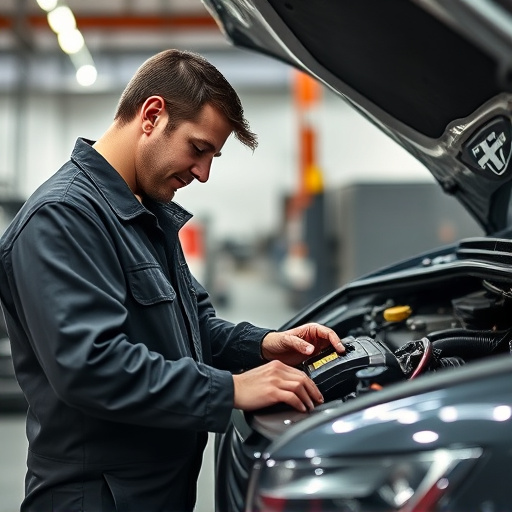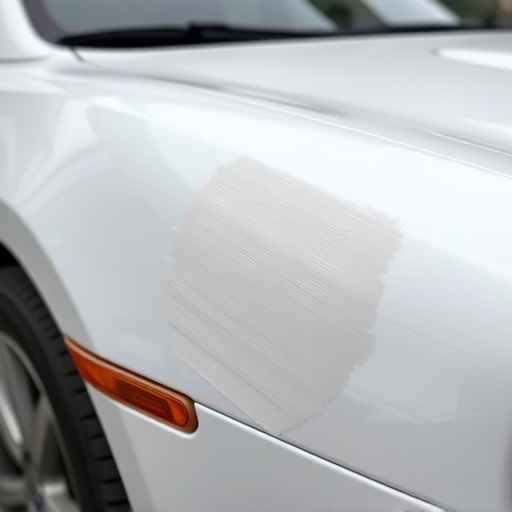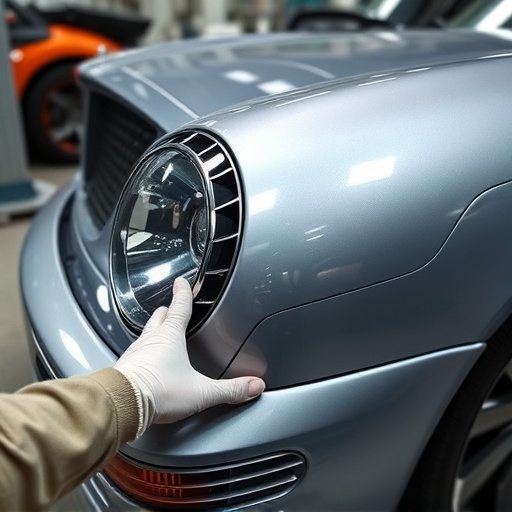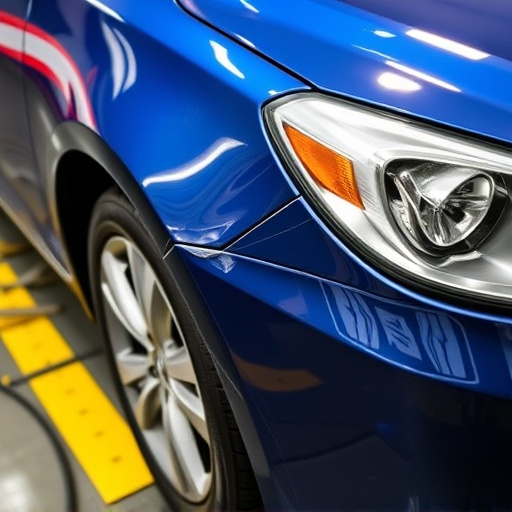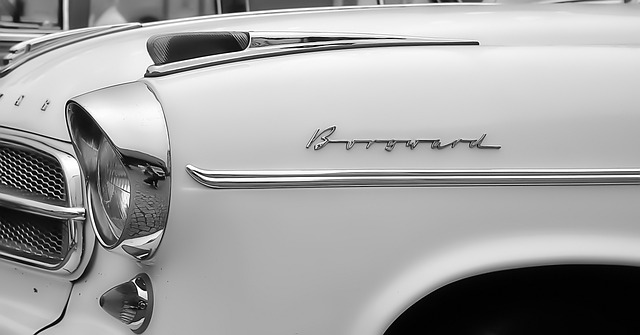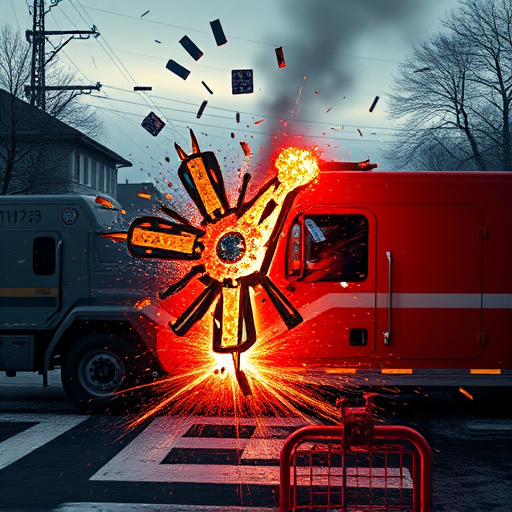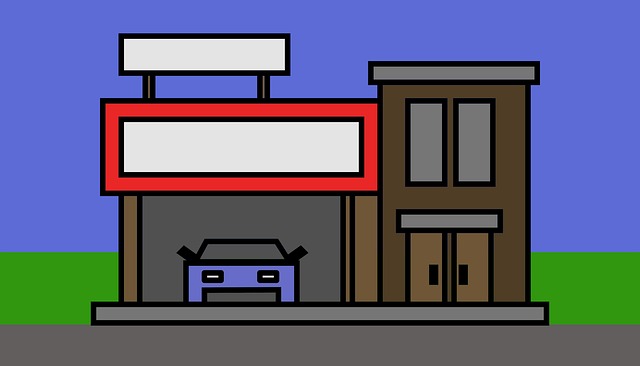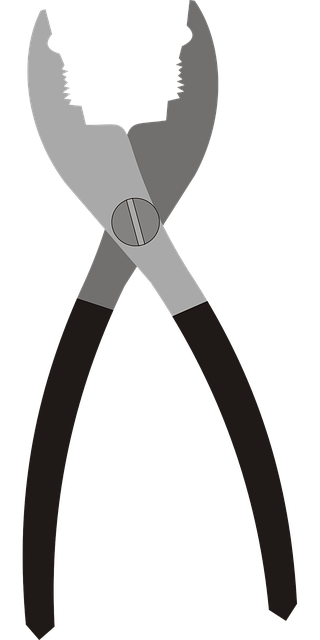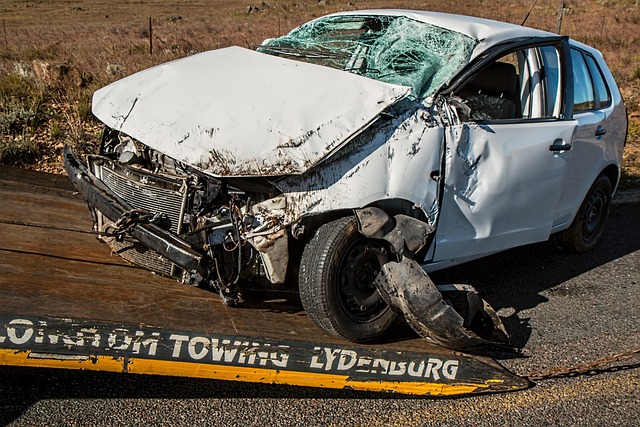Vehicle owners often mistake visible damage for the only indicator of car frame issues, overlooking hidden problems that affect safety and performance. Advanced tools like 3D laser scanners and CAD software are crucial for auto repair experts to identify minute misalignments and structural compromise beyond bent or broken panels. These technologies enable accurate assessments, predict future issues, and enhance safety during restoration processes, ensuring both aesthetic improvements and optimal vehicle conditions.
Hidden issues often lurk beneath the surface during car frame damage repair, posing significant risks if left undetected. This comprehensive guide delves into the intricacies of assessing and repairing structural damage, busting common misconceptions and highlighting challenges from visual inspections to advanced scanning technologies. We explore why overlooking hidden issues due to aesthetic appeal can be detrimental, emphasizing the critical role of original equipment parts and certified facilities in ensuring safe, structurally sound repairs.
- Assessing the Extent of Car Frame Damage: Common Misconceptions
- – Identifying superficial vs. structural damage
- – Visual inspection vs. advanced scanning technologies
Assessing the Extent of Car Frame Damage: Common Misconceptions
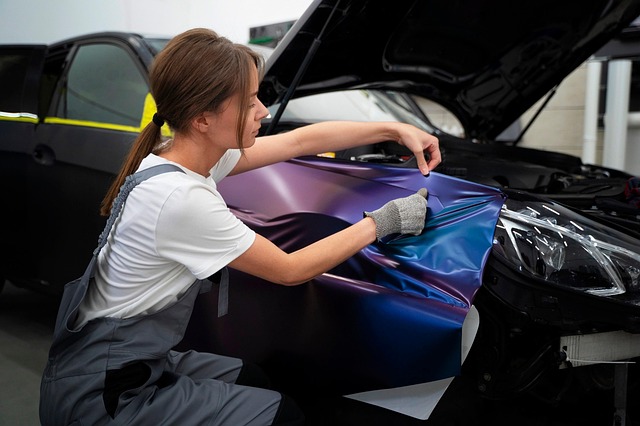
Many vehicle owners believe that visible damage is all there is to consider when assessing car frame damage. However, this is a common misconception in car frame damage repair. Beyond what meets the eye, hidden issues can often go unnoticed but significantly impact the safety and performance of the vehicle during restoration. Auto repair services experts emphasize that careful examination using advanced tools and techniques is crucial to uncover these concealed problems.
For instance, while a bent or broken panel might seem like the primary concern, underlying structural components may have been compromised due to the force exerted during the accident. In cases like Mercedes Benz repair, where precision and meticulous craftsmanship are paramount, identifying minute misalignments in the frame can prevent future safety hazards and ensure the vehicle returns to its optimal condition after a thorough car restoration process.
– Identifying superficial vs. structural damage

When undertaking car frame damage repair, it’s crucial to differentiate between superficial and structural issues. Superficial damage, like dented panels or scratched paint, may appear minor but can sometimes indicate deeper problems. Structural damage, on the other hand, involves the framework of the vehicle, compromising its safety and stability. Auto repair services that focus solely on cosmetic fixes may not address these underlying concerns, leading to future issues during vehicle restoration attempts. Proper assessment requires experienced technicians who can use specialized tools to detect even subtle signs of structural compromise, ensuring comprehensive car repair services that prioritize both aesthetics and safety.
– Visual inspection vs. advanced scanning technologies

While a visual inspection remains a fundamental step in car frame damage repair, advanced scanning technologies are transforming the industry. Traditional methods rely on the human eye to identify visible deformities and misalignments, but this approach can miss subtle issues hidden beneath the surface. Advanced scanning tools, such as 3D laser scanners and computer-aided detection (CAD) software, offer a more comprehensive view by creating detailed digital models of the car frame.
These technologies can pinpoint exact locations of damage, measure displacement, and even predict potential future problems. This not only ensures more accurate repairs but also enhances safety. By integrating advanced scanning into car frame damage repair processes, auto bodywork experts can deliver higher-quality results while addressing hidden concerns that might otherwise go unnoticed during a basic visual inspection. This advancement in vehicle repair underscores the growing importance of technology in ensuring both structural integrity and passenger safety.
When addressing car frame damage repair, going beyond visual inspections is crucial. Advanced scanning technologies play a pivotal role in identifying hidden issues that might be overlooked. By differentiating between superficial and structural damage, professionals can ensure comprehensive repairs, restoring the vehicle’s safety and structural integrity. This meticulous approach to car frame damage repair is essential for both customer satisfaction and road safety.
